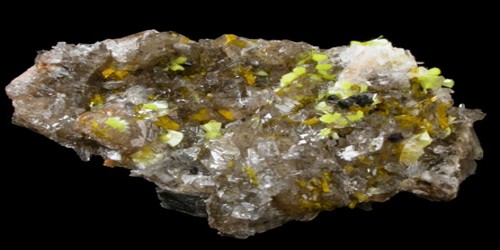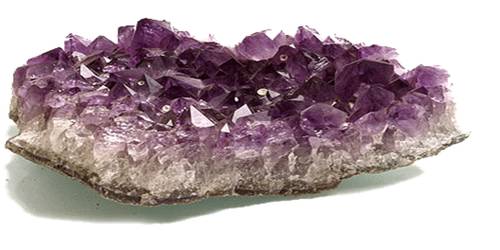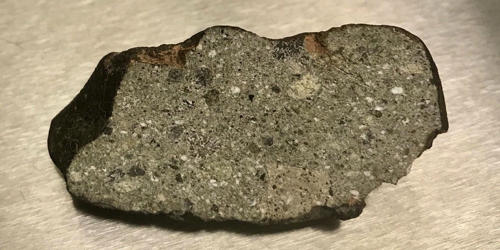Haiweeite is a mineral of uranium and has the chemical formula: Ca[(UO2)2Si2O12(OH)2]· 3(H2O). It is an orthorhombic-dipyramidal mineral containing calcium, hydrogen, oxygen, silicon, and uranium. It was named after the Haiwee Reservoir, Inyo County, California, US, where it was first found. It is a rare mineral that can be found in additional localities in Brazil, Argentina, and Austria, among a few others.
General Information
- Category: Nesosilicate
- Formula: Ca[(UO2)2Si2O12(OH)2]· 3(H2O)
- Crystal system: Orthorhombic
- Crystal class: Dipyramidal (mmm)

Fig: Haiweeite
Properties
It is a secondary mineral of uranium, a product of oxidation. It has a greenish yellow color. It has a Mohs hardness of about 3.5 and is fluorescent under UV light. Haiweeite will dully fluoresce a dull green under ultraviolet light. It is strongly radioactive.
- Cleavage: {001} Good
- Color: Greenish yellow, Light yellow.
- Density: 2.86 – 3.35, Average = 3.1
- Hardness: 3.5 – Copper Penny
- Luminescence: Fluorescent, Short UV=weak dull green, Long UV=weak dull green.
- Luster: Pearly
- Streak: white
Occurrence: On fracture surfaces in granite and in voids in neighboring loosely consolidated lake bed sediments (Coso Mountains, California, USA); along fractures in tourmaline-bearing granite and granite pegmatite (Brazil).
Haiweeite occurs in the surfaces of fractures in granites as well as in voids in nearby lakebed sediments at its locality in the Coso Mountains, and along fractures in tourmaline-bearing granites and granite pegmatites in a Brazilian locality at Perus.
Association: Autunite, meta-autunite, uranophane, uranophane-beta, phosphuranylite, torbernite, meta-torbernite, chernikovite, uranian “opal” (Perus, Brazil).
Information Source:
















